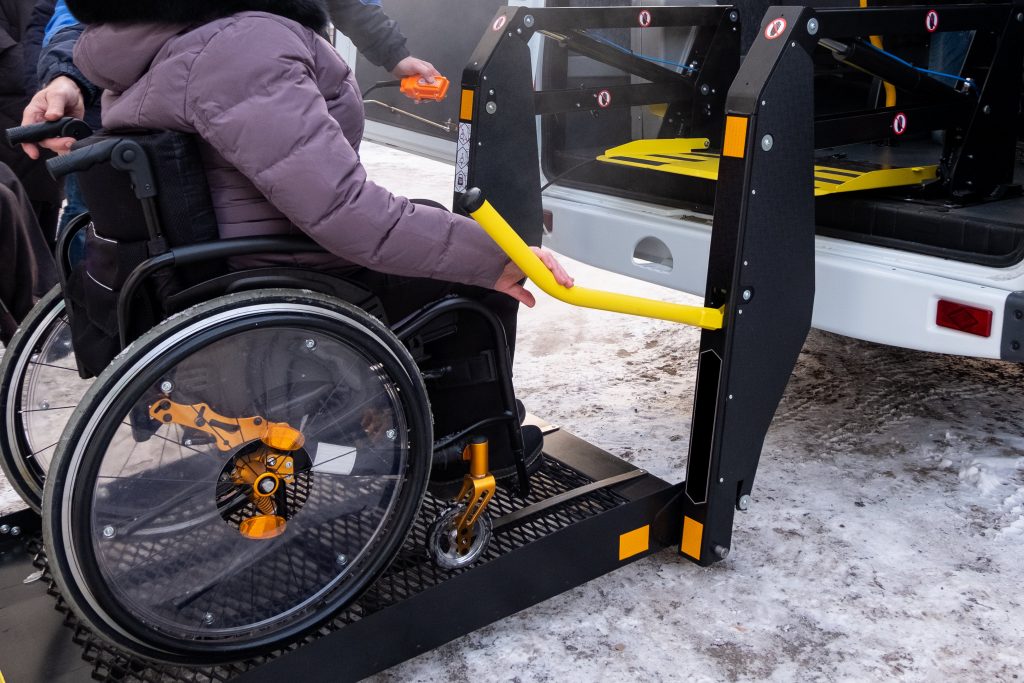Regulations and Standards for Wheelchair Accessible Vehicles (WAVs)
There is a dizzying variety of wheelchair accessible vehicles (WAVs) available on the market. Whether WAVs are bought pre-converted or converted by a professional company, there are a wide variety of different ways vehicles can be adapted to meet the needs of specific disabilities. However, the needs of the user are not the only consideration when it comes to choosing an adapted vehicle.
While the vehicle needs to be safe and effective for the user, it also needs to be safe and effective as a road vehicle in order to meet the standards required to be used on public highways. Here, we take a look at some of the hurdles that your WAV will need to have cleared before it is judged safe to use.
Industry guidelines
One of the areas that are most important for WAV users, particularly WAV users who plan to use their vehicles commercially or for public service, is the standards published by the British Standards Institute (BSI).
While failing to meet these standards won’t necessarily prevent your WAV from being road legal, it is extremely common for contractors in the private and public sector to insist that all vehicles that they use be compliant with BSI requirements. As a result, if your vehicles don’t meet those standards, you may find it difficult or impossible to accept contracts from these organisations – such as care facilities, taxi companies, or local authorities. For example, the nationwide Motability scheme insists on its vehicles meeting the PAS 2012-1:2015 standard.

So, what exactly do these standards require? The roots of these standards lie within the design of the vehicle itself and specify that the WAV must have a high degree of structural integrity to ensure the safety of those who use it. They also specify that access must be good. As a result, this sets a high bar for the kinds of vehicle that can be converted, and the level of craftsmanship that must be achieved for them to pass the tests. Not only does the vehicle itself have to be safe and secure, but a certain level of aftercare for customers is also expected.
Companies who are selling or renting their WAVs to third parties must have adequate safety and usage demonstrations and documentation in place to ensure that they are used safely.
Type approval
One sure-fire way of ensuring your WAV meets roadworthiness standards is a European Community Whole Vehicle Type Approval (ECWVTA).
Rather than judging every specific model and brand of WAV on its individual merits, an ECWVTA is issued to a generic type of vehicle which means that all WAVs based on this design are automatically compliant if they are built to that standard. You should always check before you buy that your WAV meets ECWVTA and that it has been built in a facility that is committed to meeting its requirements.
Not only will vehicles meeting ECWVTA be roadworthy from a layman’s perspective, but they will also have been specifically crash-tested and stress-tested in a number of scenarios. This means that you can buy such a vehicle safe in the knowledge that it has been thoroughly tested and independently verified.
Internal requirements
It’s not only the vehicle itself that needs to pass muster before it’s considered to be road legal – the safety mechanisms for the user inside the vehicle must also meet regulations. The safety belts and restraints within the vehicle (otherwise known as a WTORS or Wheelchair Tie-Down & Occupant Restraint System) that keep the occupant safe during an accident must be compliant with ISO 10542 in order to be road legal and require a minimum standard of performance during a crash.
If you’re buying an adapted vehicle from a reputable WAV dealer, they should be able to reassure you that all of these standards have been met on the vehicle you’re intending to purchase.


